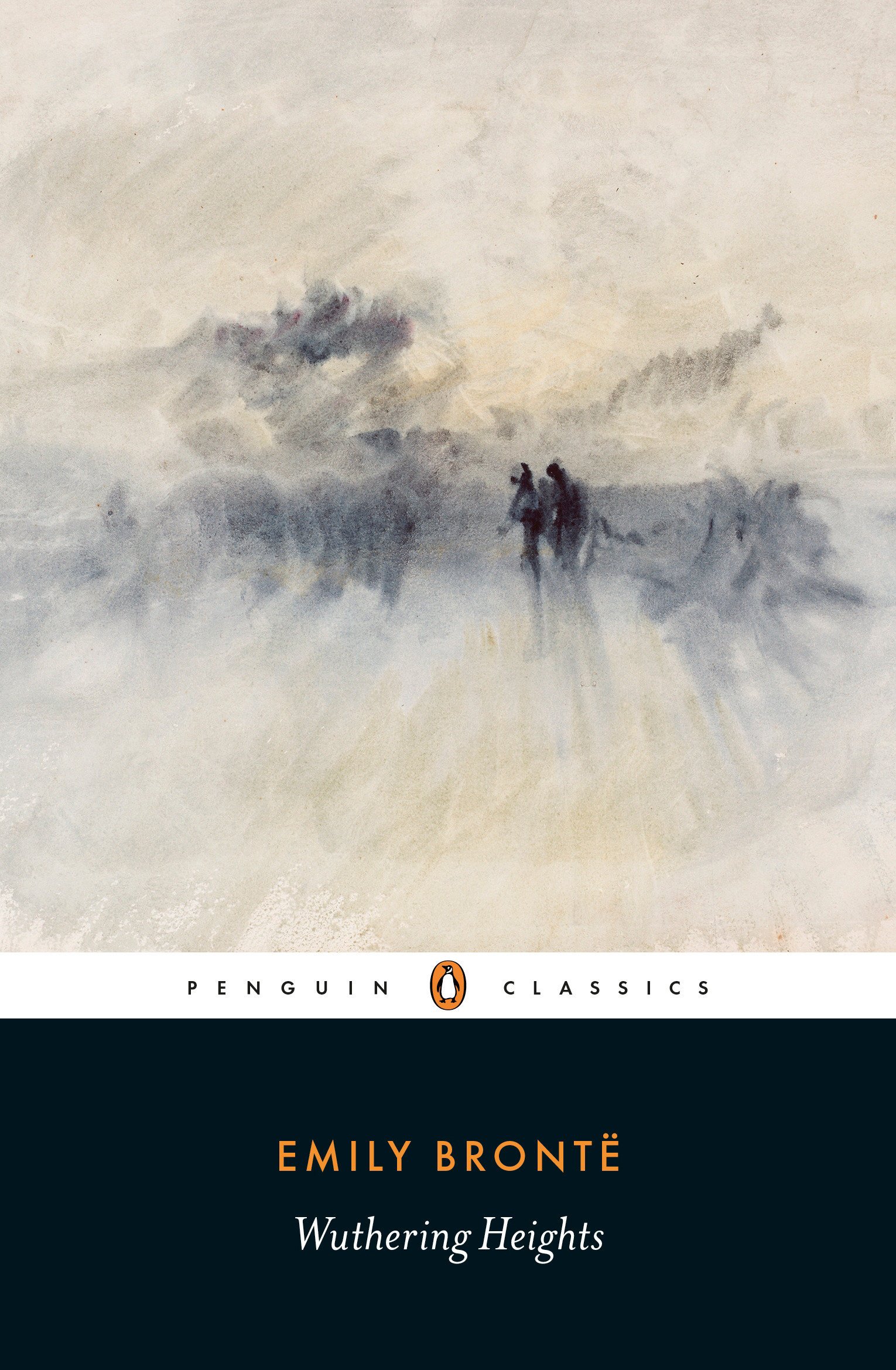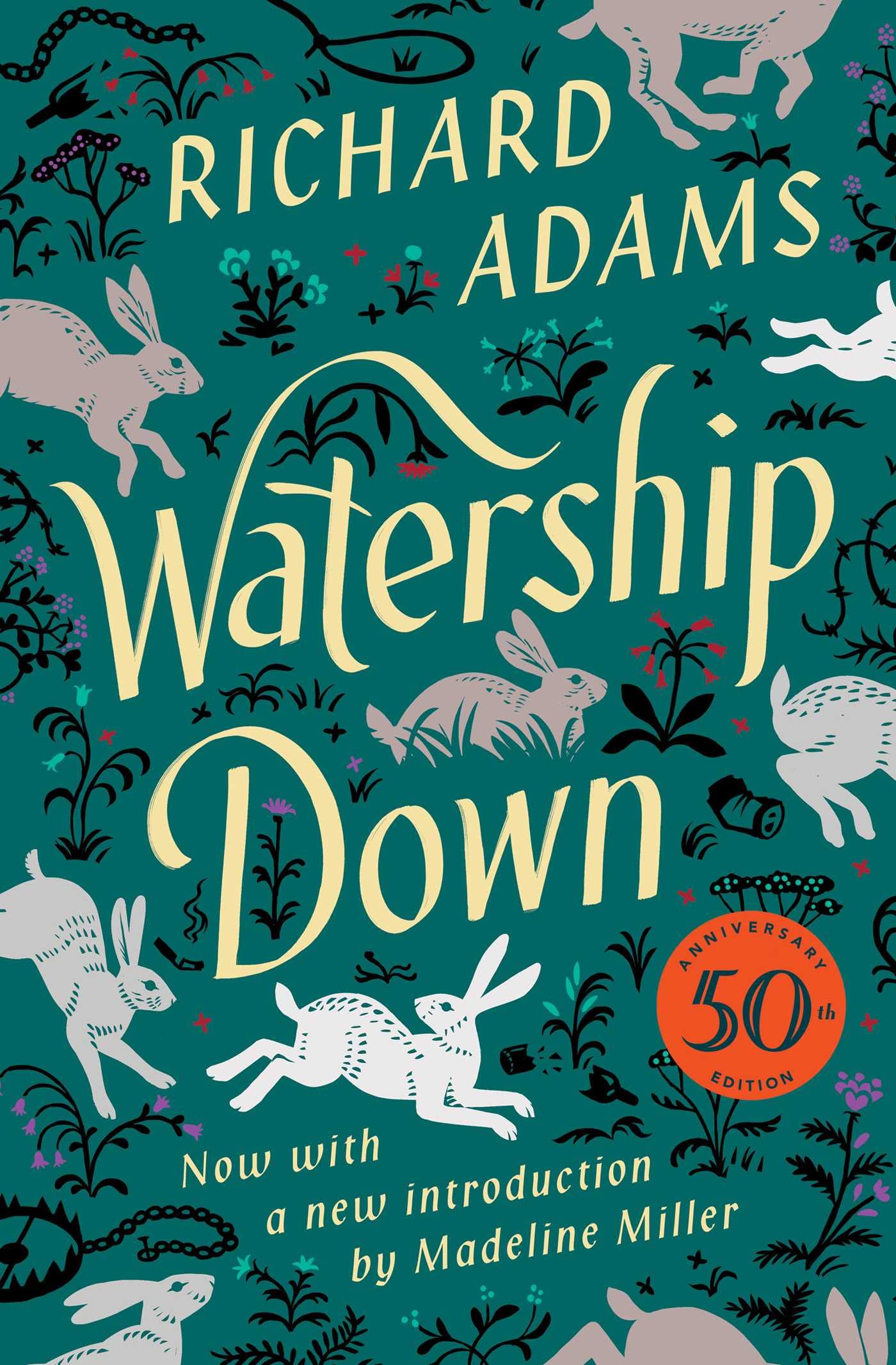The Woman In White by Wilkie Collins
The Woman In White by Wilkie Collins for Beginners
Let's Chat

About This Book
Introduction
The Woman in White is a very exciting and mysterious book written by Wilkie Collins. It was published a long time ago in the year 1859. This book is full of suspense, secrets, and surprises that will keep you on the edge of your seat!
Review
The story begins when a young man named Walter Hartright starts working as an art teacher. One night, he meets a strange woman dressed all in white, and she tells him a very spooky secret. From that moment on, Walter’s life becomes a thrilling adventure!
The book is written in the form of different characters telling their own parts of the story. This makes it even more interesting because we get to hear different perspectives and learn more about the mystery. There are many twists and turns, and you never know what will happen next!
Analysis
The Woman in White is a classic example of a genre called “mystery fiction.” It keeps you guessing and trying to solve the puzzle along with the characters. The author, Wilkie Collins, was one of the first writers to use this style of storytelling, and he became very famous for it.
The book also explores important themes like love, friendship, and the power of truth. It shows us that sometimes people are not who they seem to be, and that appearances can be deceiving. It teaches us to be brave and to always search for the truth, no matter how difficult it may be.
About the Author
Wilkie Collins was a British author who lived from 1824 to 1889. He wrote many famous books, but The Woman in White is considered one of his best works. Collins was a close friend of another famous author, Charles Dickens, and they both helped to shape the mystery genre in literature.
Collins had a very imaginative mind and loved to create complex and intriguing stories. He was also known for his strong female characters, like the mysterious woman in white. His books continue to be loved by readers all around the world, even after all these years!
So, if you enjoy thrilling mysteries and want to go on an exciting adventure, The Woman in White is the perfect book for you!
The Woman In White by Wilkie Collins for Advanced Learners
Let's Chat

About This Book
Introduction
“The Woman in White” is a classic piece of literature written by Wilkie Collins in 1859. It is considered one of the earliest examples of detective fiction, with a compelling narrative that combines elements of mystery, suspense, and psychological intrigue. The novel is structured as a series of first-person narratives, each by a different character, which adds to the complexity and depth of the plot. The story revolves around Walter Hartright, a young art teacher, who encounters a mysterious woman dressed in white on a moonlit road, setting off a chain of events that lead to deceit, madness, and murder.
Review
“The Woman in White” is a captivating novel that keeps the reader engaged from the first page to the last. The story is filled with unexpected twists and turns, and the suspense is maintained throughout the novel. The characters are well-developed, each with their unique personalities and motivations. The narrative style, with different characters recounting their experiences, adds to the richness of the story and allows the reader to see events from multiple perspectives.
The novel’s setting, in the Victorian era, is vividly described, and Collins does an excellent job of capturing the social norms and attitudes of the time. The plot is intricate, with several subplots that are skillfully woven together. The themes of identity, deception, and the abuse of power are explored in depth, making the novel not just an entertaining read, but also a thought-provoking one.
The writing style is engaging, with a good balance of dialogue and description. The pacing is well-managed, with the tension building steadily towards the climax. The ending, while resolving the main plot, leaves some questions unanswered, adding to the novel’s overall sense of mystery.
Analysis
“The Woman in White” is a novel that explores the themes of identity, deception, and power. The title character, the woman in white, is a symbol of innocence and vulnerability, and her mistreatment at the hands of powerful men reflects the societal attitudes of the Victorian era. The theme of identity is central to the plot, with characters assuming false identities and the truth being concealed and revealed in various ways.
The narrative structure of the novel, with multiple first-person accounts, adds to the complexity of the plot and allows for a deeper exploration of the characters. Each narrator has a distinct voice and perspective, and the reader is left to piece together the truth from their accounts. This narrative technique also creates a sense of suspense and uncertainty, as the reader is never sure who to trust.
The novel also explores the theme of power, particularly the abuse of power. The villains in the story are men of wealth and status who use their power to manipulate and control others. This theme is particularly relevant in the context of the Victorian era, a time when women had few rights and were often at the mercy of men.
About the Author
Wilkie Collins was a British author who lived from 1824 to 1889. He is best known for his novels “The Woman in White” and “The Moonstone”, both of which are considered classics of English literature. Collins was a contemporary of Charles Dickens, and the two authors were close friends and collaborators.
Collins is often credited with pioneering the detective fiction genre, and his novels are known for their intricate plots, suspenseful narratives, and psychological depth. Despite suffering from various health problems throughout his life, Collins was a prolific writer, producing over 30 novels, as well as numerous short stories, plays, and non-fiction works.
In addition to his writing, Collins was known for his unconventional lifestyle. He never married, but had long-term relationships with two women, both of whom lived with him at different times. His views on marriage and women’s rights were progressive for his time, and these themes are often reflected in his work.






